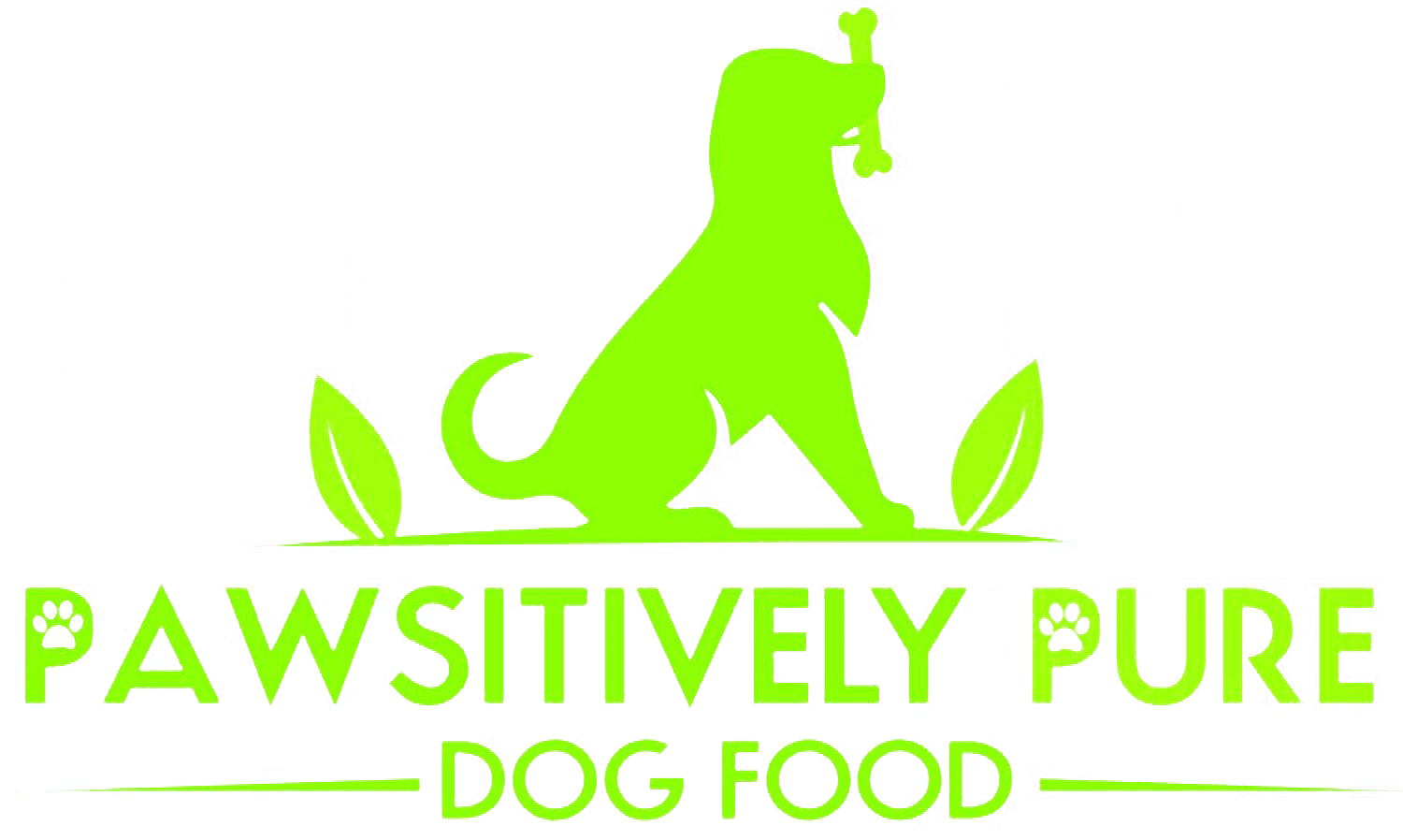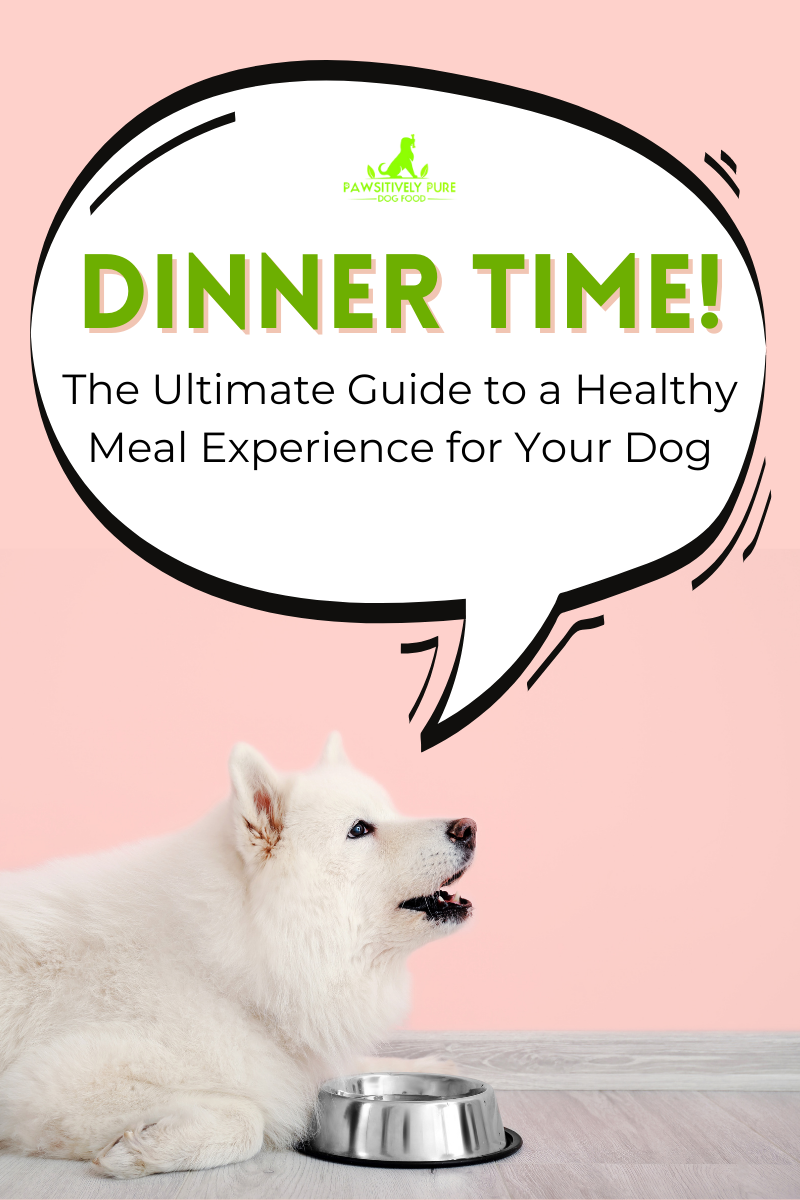You Are What You Eat
Here in the United States (and all around the world), dietary health is a hot topic for a huge number of adults. According to Statista, the second-most popular New Year’s resolution for 2022 is healthier eating, with 44% of resolution-setters naming this as their top goal. As they say, “you are what you eat,” and improving your diet is a great way to improve your overall health from head to toe. Whether you realized it or not, the same goes for your dogs.
Providing your dog with a healthy diet is one of the most effective ways to improve his quality of life. But as you search for a healthy diet for your dog, you may wind up with more questions than you had when you started. What exactly is a healthy diet for your dog? What’s the best way to implement a healthy diet?
What is a healthy diet for your dog?
The biggest question you need to answer when choosing the right diet for your dog is whether you’ll feed them dry food or wet food. There are benefits to each depending on your lifestyle, but for the most part, fresh, natural, wholesome meals present a healthier option than kibble. Many natural dog foods are appropriate for dogs at any age and life stage and are easy to customize as needed.
Once you choose between wet (raw or natural) and dry food, it’s time to start reading the label! Choose a food that has ingredients you can see and understand without a lot of extra grains, carbohydrates, and other such fillers. You want to make sure your dog is getting an appropriate amount of protein, calcium, phosphorus, and other nutrients. The right amount of each nutrient will depend on a number of factors including your dog’s age, breed, weight, activity level, and more.
How a Healthy Diet Can Change Your Dog’s Life
Now that you’ve chosen an appropriate food for your dog’s needs, it’s time to start feeding! In certain aspects, feeding raw or natural food does require a little extra effort on the humans’ part – you’ll have to schedule regular feeding times, measure out portions, and perhaps prepare the food by warming it up (i.e. bone broth). Are the benefits worth the extra effort?
All signs point to yes, according to any pet parent who’s fed their dogs with Pawsitively Pure. Here are just a few of the reasons why a healthy diet is the key to a healthy dog:
Keeps gums and teeth healthier
Dogs are notorious for having stinky breath, but it might not be all their fault! Most commercial dry dog foods are made with an abundance of starch and carbohydrates, which both break down into sugar. As we all know from our dentists’ warnings around Halloween, too much sugar can cause tooth decay which leads to bad breath.
Some experts have argued that crunching on kibble can scrape away some of the buildup around your dog’s teeth and gums, but according to Dog Food Advisor, that scraping action doesn’t remove tartar from the critical zone nearest to your dog’s gums. Prevention is the best method to keep your dog’s teeth healthy, and providing your dog with a diet that’s low in sugar and carbohydrates is a great place to start.
Boosts the immune system
Speaking of prevention, a healthy immune system is the ultimate prevention against illness and disease. Think about it: how much better do you feel when you stop ordering fast food and start eating fresh fruits and veggies? All the vitamins and minerals found in your dog’s meal help keep their metabolism moving smoothly and help them stay fit and healthy well into their golden years.
Supports healthy muscle tone
Protein is the foundation on which every cell in your dog’s body is built! That’s why wholesome, complete proteins are such an important part of your dog’s diet. Many commercially produced dry dog foods are made with meat by-products that include bone meal and other “scrap” parts of the protein. Fresh, gently cooked food is made with nothing but the good stuff.
Protein especially aids the production of healthy muscles, which can in turn help support your dog’s joints. Healthy muscle tone can help your dog stay active and healthy at every stage of their life. It also helps your dog recover from injuries more easily!
Improves digestion
One of the major things pet parents tend to notice after they switch to fresh food is that their dog’s poops are often smaller and less frequent. While this is more convenient for us humans, it’s also a good sign that your dogs are getting the nutrition they need. With a fresh diet, dogs usually have smaller poops because their bodies are more easily able to absorb the nutrients from their food, leaving less waste behind.
Supplement your dog’s fresh diet with some delicious dog-friendly bone broth and you’ll be giving their digestive system a double dose of support! Bone broth is packed with healthy gelatin, which effectively coats the digestive tract and protects it from injury and disease.
Start Feeding Fresh Today
Many pet parents are hesitant to switch their dog’s diet, especially if their dog has sensitive stomach issues. We’re here to let you know that transitioning to fresh food isn’t as hard as it may seem! As you make the transition, gradually replace your dog’s old food with a portion of their new fresh food until their whole bowl is filled with fresh food. Take it slowly and monitor your dog’s reaction to their new dinner.
If you have other questions about feeding fresh, we’d love to help! Head over to our website and leave us your questions and feedback on our contact page.






